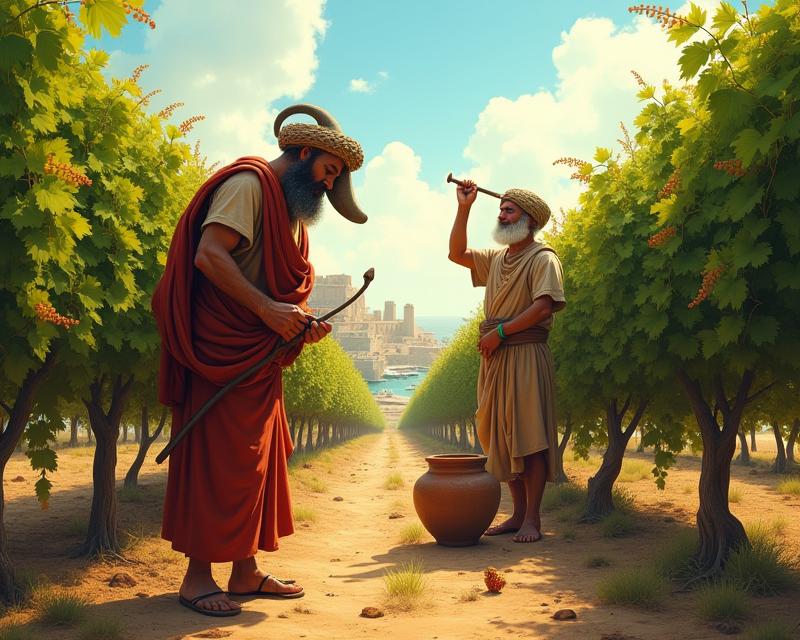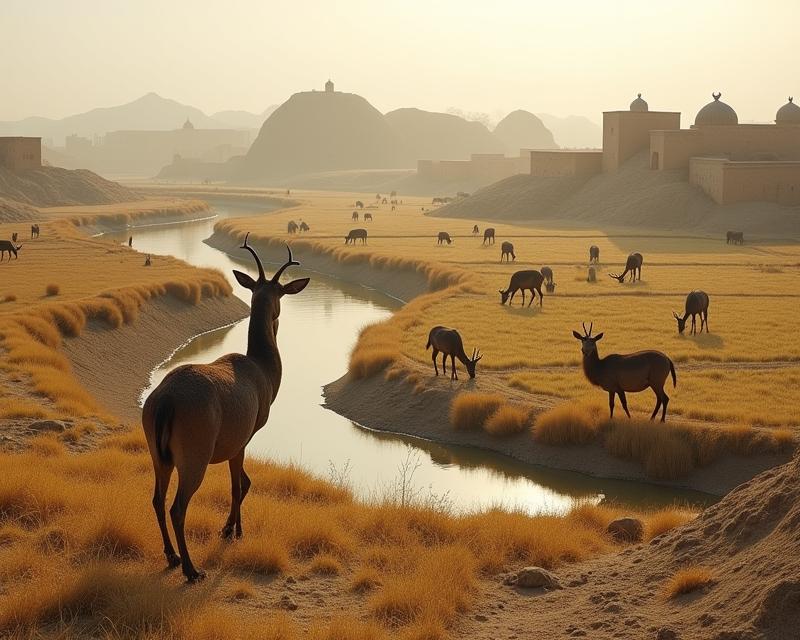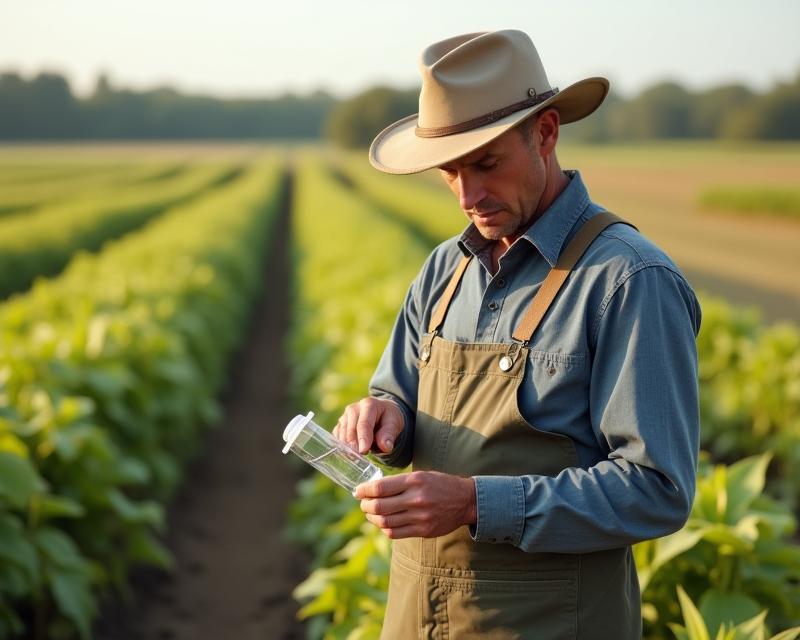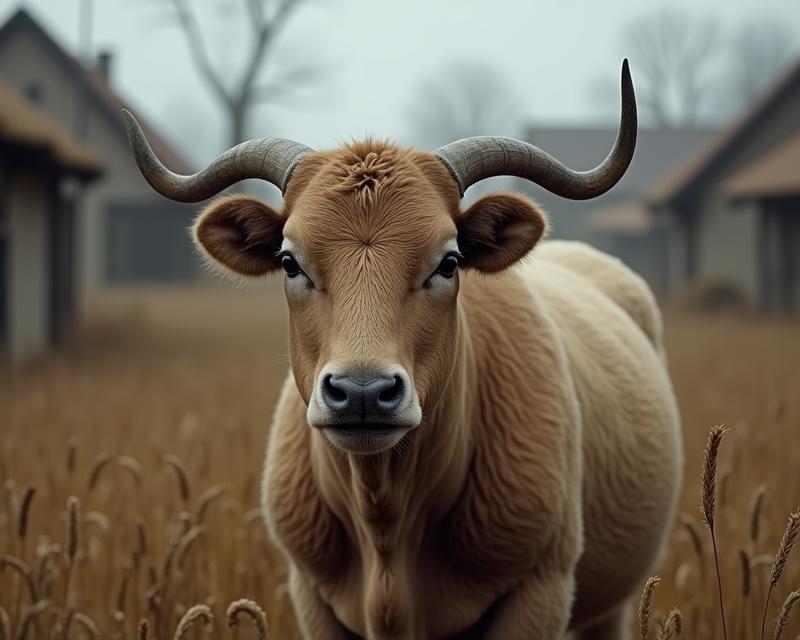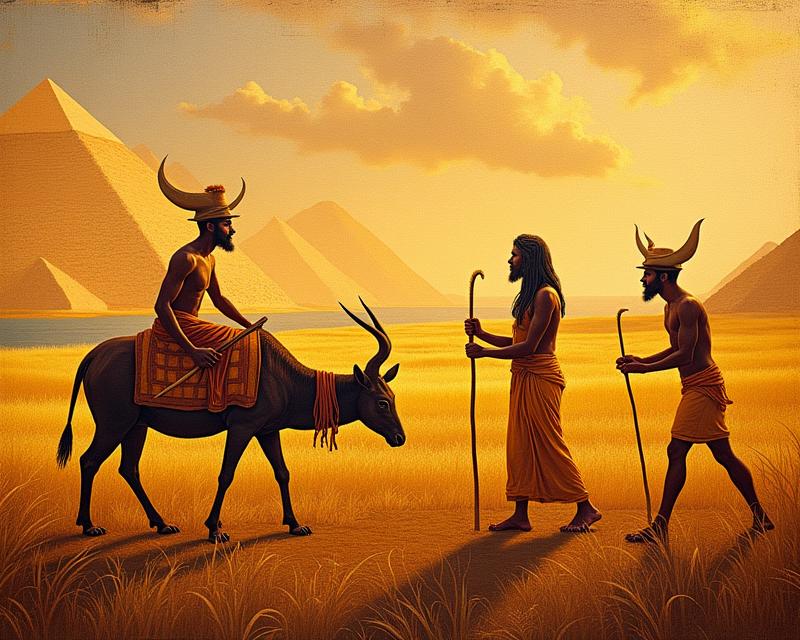Subsistence vs. Commercial Farming: A Tale of Two Approaches
Publish in Agriculture el 28/06/2025 22:18
Subsistence vs. Commercial Farming: A Tale of Two Approaches
Farming is the backbone of many societies, but it manifests in diverse ways. Two primary models dominate agricultural landscapes: subsistence farming and commercial farming. Understanding the differences between these approaches is crucial for comprehending global food systems, economic development, and the livelihoods of farmers worldwide.
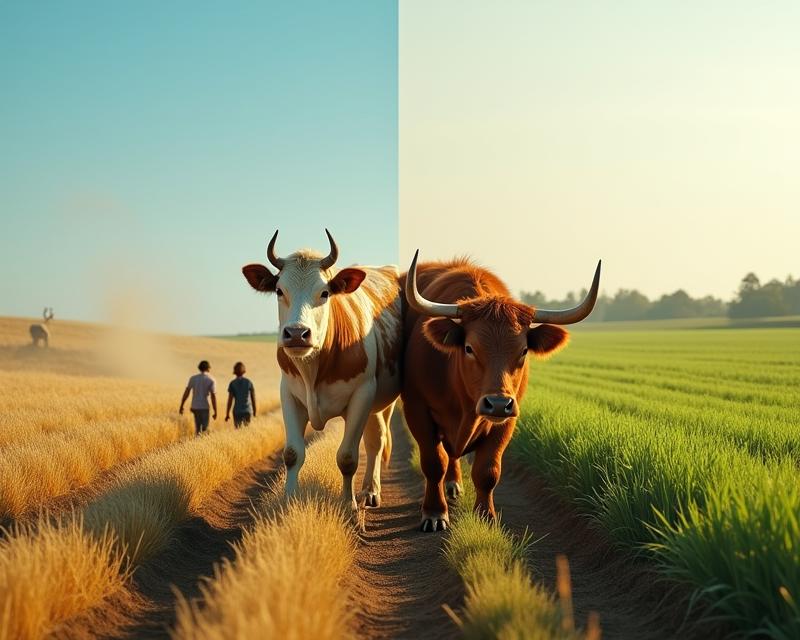
Subsistence Farming: Meeting Basic Needs
Subsistence farming is characterized by farmers producing primarily for their own consumption and that of their families. The goal isn't profit, but survival. Farmers typically use traditional methods, relying on family labor and local resources. Crop diversity is often high, providing a balanced diet and resilience against crop failures. Landholdings are usually small, and surplus production is minimal, often traded locally for essential goods or services. This model is prevalent in developing countries where access to markets and capital is limited.
Commercial Farming: Profit-Driven Production
Commercial farming, in contrast, focuses on producing crops or livestock for sale in the market. The primary driver is profit, and farmers often employ modern techniques, including specialized equipment, fertilizers, pesticides, and irrigation systems. Large-scale operations are common, maximizing efficiency and yield. Crop specialization is typical, with farmers focusing on a single crop or type of livestock to meet market demands. Commercial farms often rely on external inputs and are heavily influenced by global market prices.
Economic Implications and Challenges
The economic implications of these two models are significant. Subsistence farming provides food security for families but often results in low incomes and limited economic growth. Commercial farming can generate wealth and contribute to national economies, but it can also lead to environmental degradation, social inequality, and displacement of small farmers. The transition from subsistence to commercial farming can be challenging, requiring access to credit, training, and infrastructure. Furthermore, fluctuating market prices and climate change pose significant risks to both models.
The Future of Farming: A Balanced Approach?
The future of farming likely lies in a combination of both subsistence and commercial approaches. Sustainable farming practices that prioritize both food security and economic viability are gaining traction. Supporting smallholder farmers, promoting local markets, and investing in agricultural research and development are essential for building resilient and equitable food systems. Finding a balance that allows farmers to meet their own needs while contributing to the broader economy is key to ensuring a sustainable future for agriculture.
